
CRISPR technology is a simple yet powerful tool for editing genomes. It allows researchers to easily alter DNA sequences and modify gene function.
It has many potential applications include correcting genetic defects, treating and preventing the spread of diseases and improving crops. By delivering the CRISPR enzyme Cas9 nuclease coupled with synthetic guide RNA (gRNA) into a cell, the cell’s genome can be cut at a desired location, that allows existing genes to be removed or add new ones.
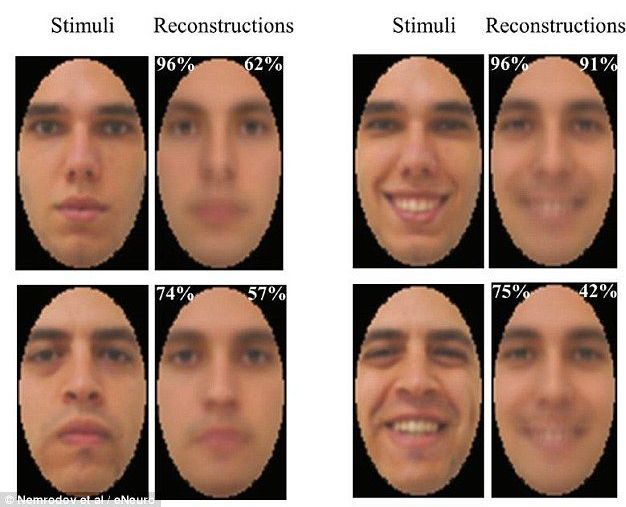
Click here to view original web page at www.dailymail.co.uk
Psychologists have create a creepy machine that can peer into your mind’s eye with incredible accuracy.
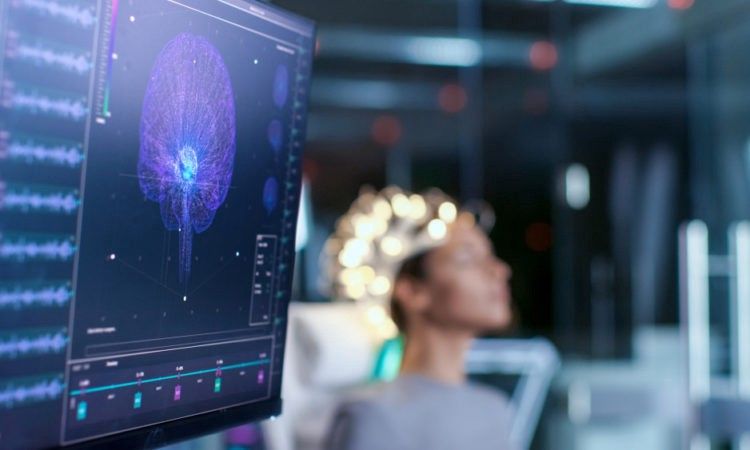
A rise in the number of game developers, adoption of brain computer technology to enhance the complete gaming experience is triggering the growth of BCI market. The BCI application in 2017 has also influenced the smart home control sector and is believed to grow rapidly during the forecast period of 2018 to 2025. The high living standards across U.S and Canada are held responsible for the demand of BCI in smart home control system industry.
Brain-computer interface (BCI) is a technology that agree to communicate between a human-brain with an external technology. The term can be referred to an interface that takes signals from the brain to an external piece of hardware that sends signals to the brain. There are different brain-computer interface technologies developed, through different methods and for diversified purposes, including in virtual reality technology.

Google.org issued an open call to organizations around the world to submit their ideas for how they could use AI to help address societal challenges. We received applications from 119 countries, spanning 6 continents with projects ranging from environmental to humanitarian. From these applications, we selected 20 organizations to support.
Module 3 — python data structure
Follow Me :
Materials: http://vinothrsguidance.com/python/
Udemy : https://www.udemy.com/user/vinoth-rathinam/
LinkedIn : https://www.linkedin.com/in/vinothrathinamautomation/
]]>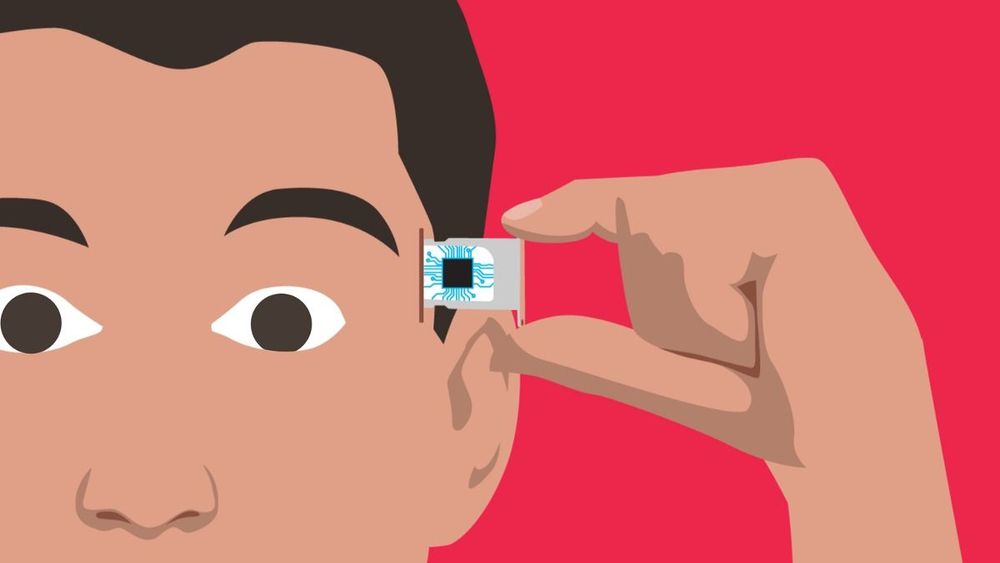
Simple and accompanied by definitions.
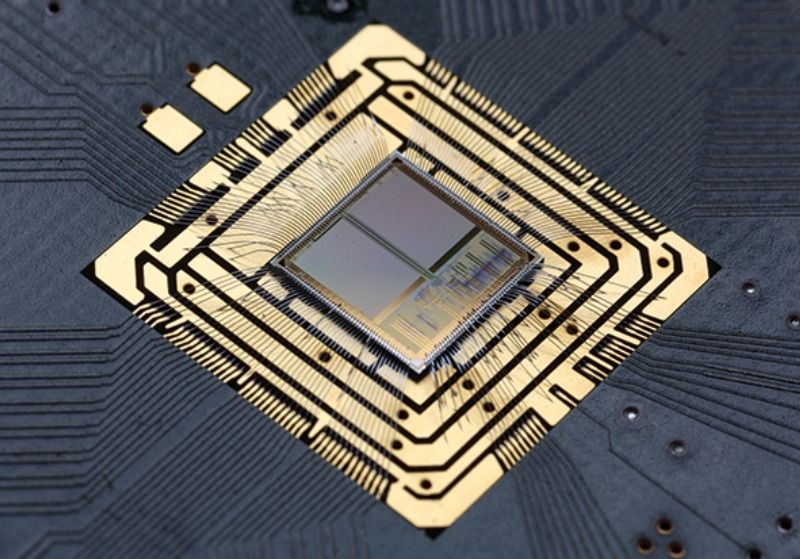
Building a Silicon Brain Computer chips based on biological neurons may help simulate larger and more-complex brain models.
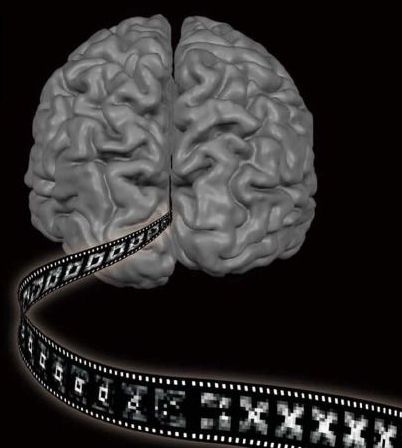
Imagine we could decode how our brain “stores” visual content. Some Japanese researchers have been working on solving that task. Ready for deep image reconstruction from human brain activity?
Abstract: https://journals.plos.org/ploscompbiol/article…
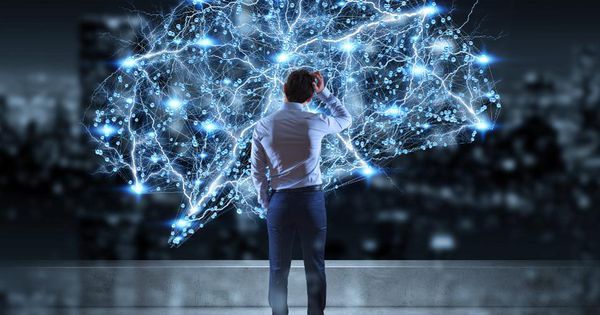
Over the past twenty years, neuroscientists have been quietly building a revolutionary technology called BrainGate that wirelessly connects the human mind to computers and it just hit the world stage. Entrepreneurs such as Elon Musk and Mark Zuckerberg have entered the race with goals of figuring out how to get computer chips into everyone’s brains. The attention of Musk and Zuckerberg means the potential for giant leaps forward. But the question no one seems to be asking is whether our dependence on machines and technology has finally gone too far. Countries annually celebrate their independence from other countries, but it now seems we should start asking deeper questions about our personal independence.
60 Minutes recently ran a piece showing how engineers are using what scientists have learned about the brain to manipulate us into staying perpetually addicted to our smartphones. The anxiety most of us feel when we are away from our phone is real: During the 60 Minutes piece, researchers at California State University Dominguez Hills connected electrodes to reporter Anderson Cooper’s fingers to measure changes in heart rate and perspiration. Then they sent text messages to his phone, which was out of his reach, and watched his anxiety spike with each notification.
The segment revealed that virtually every app on your phone is calibrated to keep you using it as often and as long as possible. The show made an important point: a relatively small number of Silicon Valley engineers are experimenting with, and changing in a significant way, human behavior and brain function. And they’re doing it with little insight into the long-term consequences. It seems the fight for independence has gone digital.

What they do and how machine learning fits in.
